Data Types
In computer programming, data types are a classification or categorization of data items based on the type of values they represent.
Every programming language has a set of data types, which are used to define the kind of data that can be stored in a variable or passed as an argument to a function.
These data types specify the type of operations that can be performed on the data, the amount of memory required to store the data, and the range of values that the data can take.
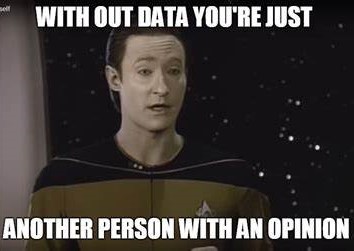
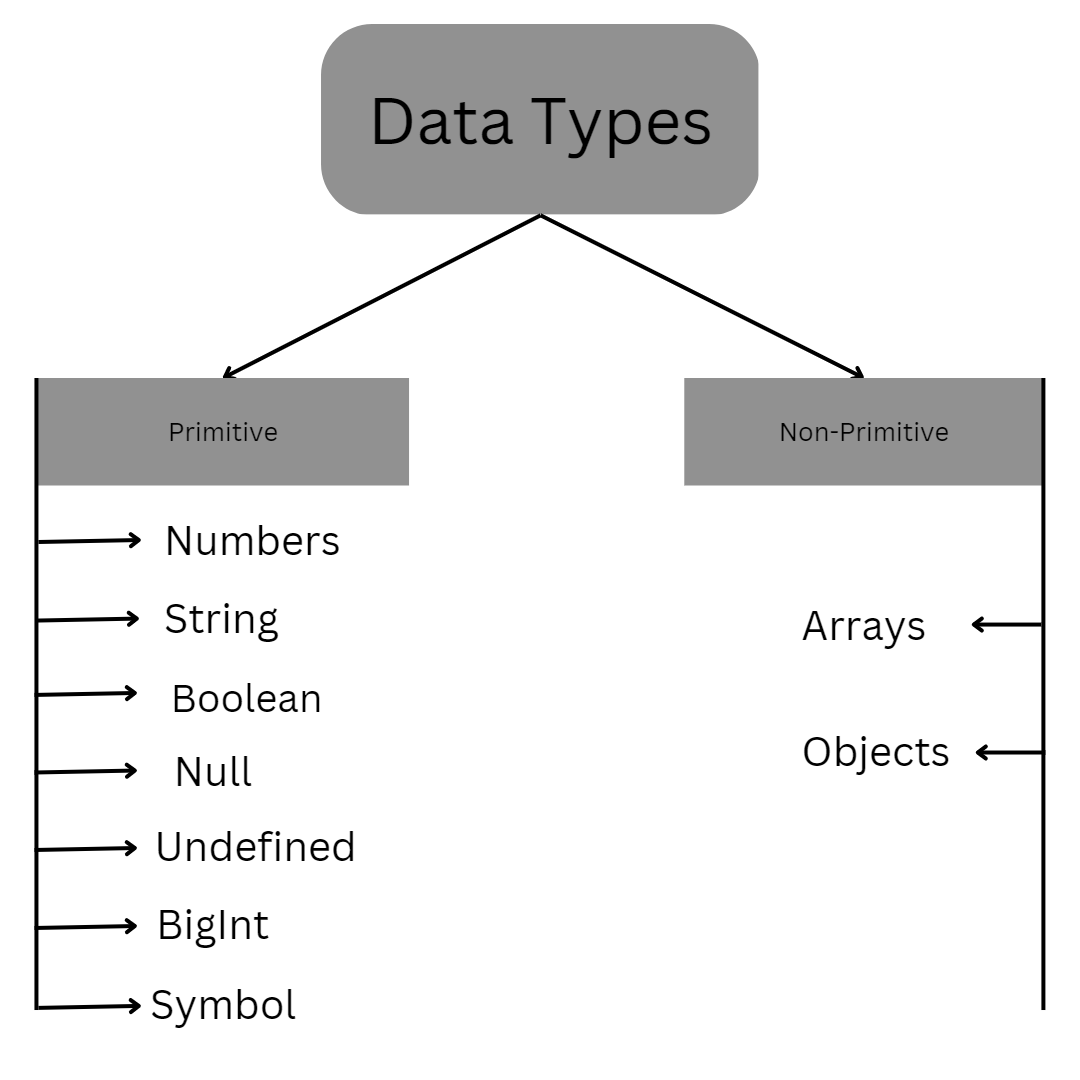
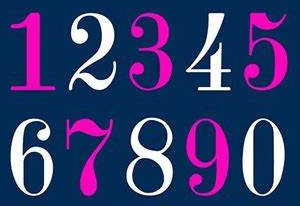
~ PRIMITIVE ~
Number
All JavaScript numbers are stored as decimal numbers (floating point). Numbers can be written with, or without decimals:

~ PRIMITIVE ~
String
A string (or a text string) is a series of characters like "John Doe". Strings are written with quotes. You can use single or double quotes:

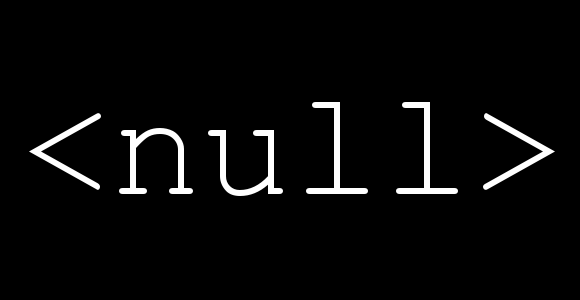
~ PRIMITIVE ~
Null
It is the intentional absence of the value. It is one of the primitive values of JavaScript . Null: Object

~ PRIMITIVE ~
Undefined
It means the value does not exist in the compiler. It is the global object. Undefined means a variable has been declared but has yet not been assigned a value.

~ PRIMITIVE ~
BigInt
JavaScript BigInt is a new datatype (2020) that can be used to store integer values that are too big to be represented by a normal JavaScript Number.
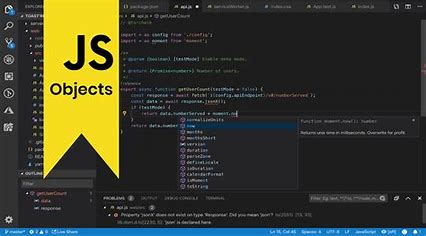
~ NON-PRIMITIVE ~
Objects
JavaScript objects are written with curly braces {}. Object properties are written as name:value pairs, separated by commas.
~ NON-PRIMITIVE ~
Arrays
JavaScript arrays are written with square brackets. Array items are separated by commas.